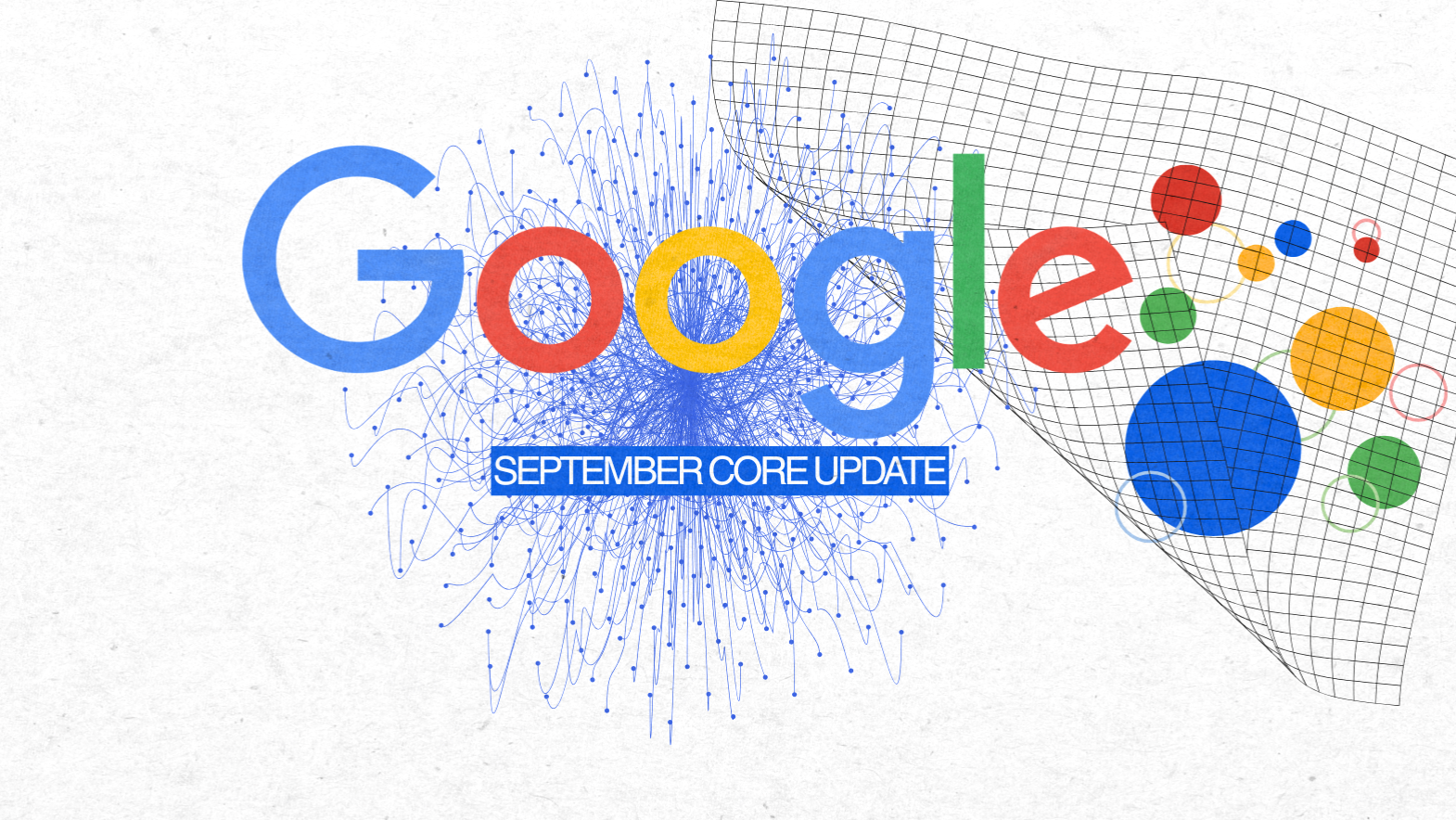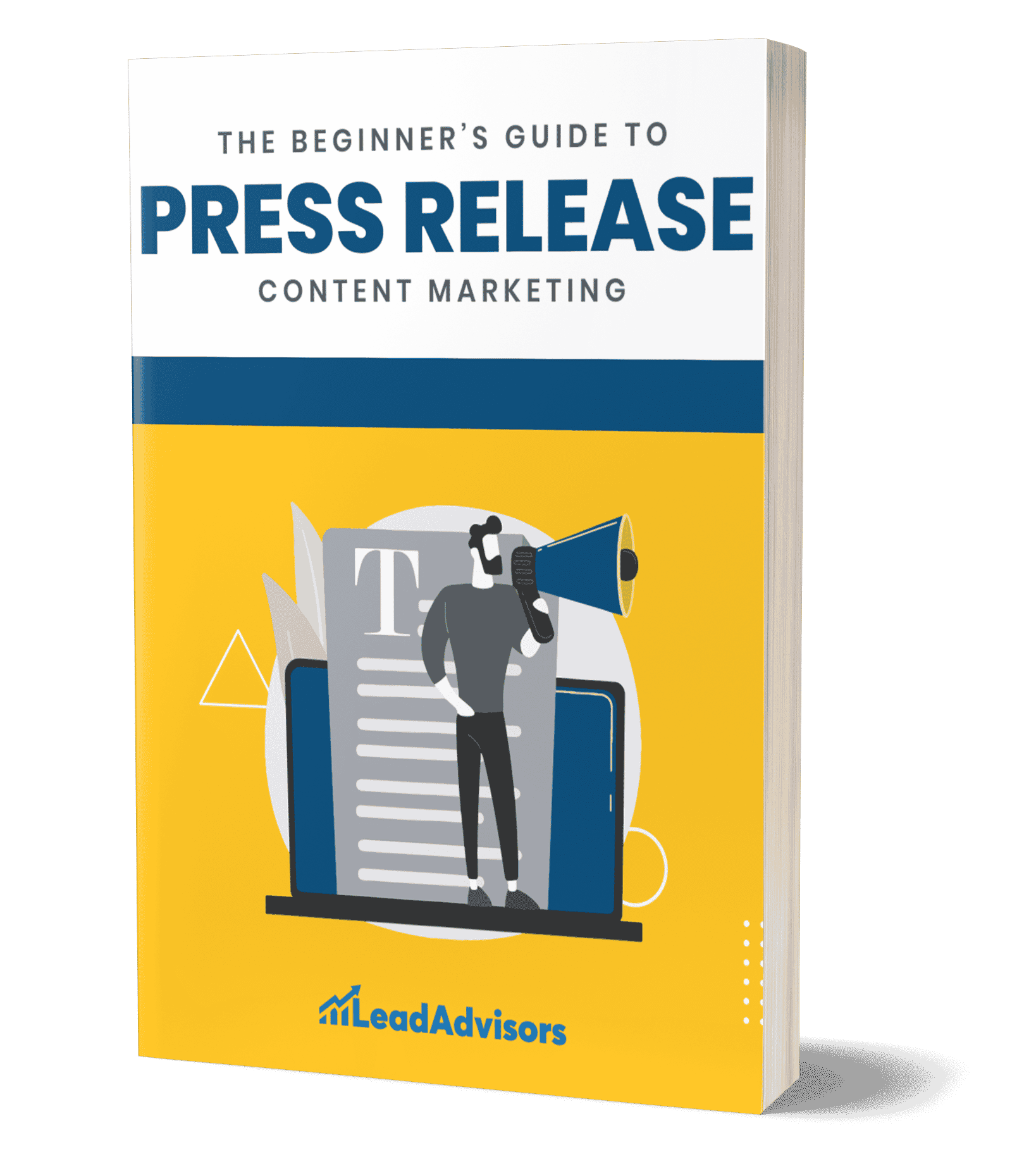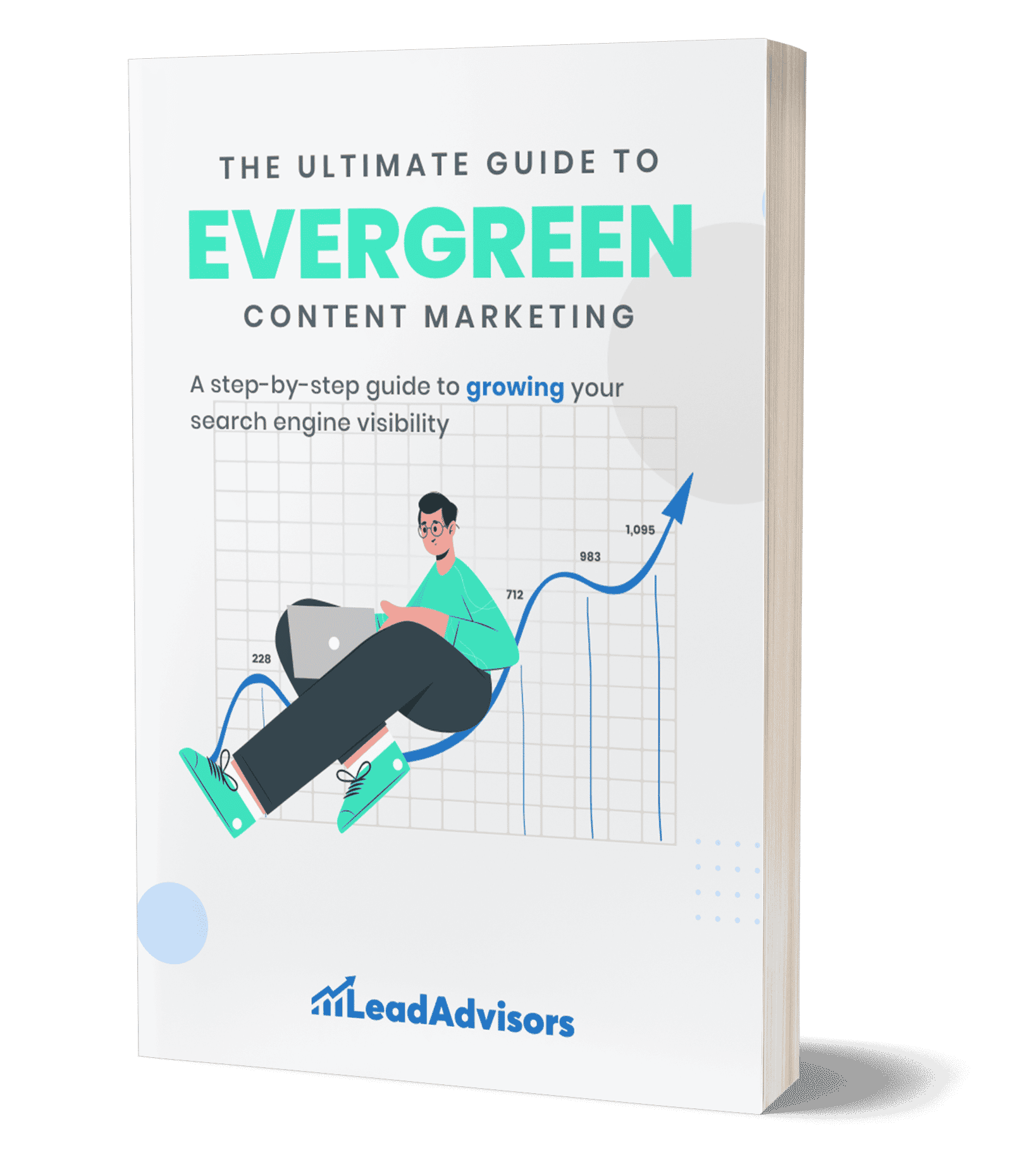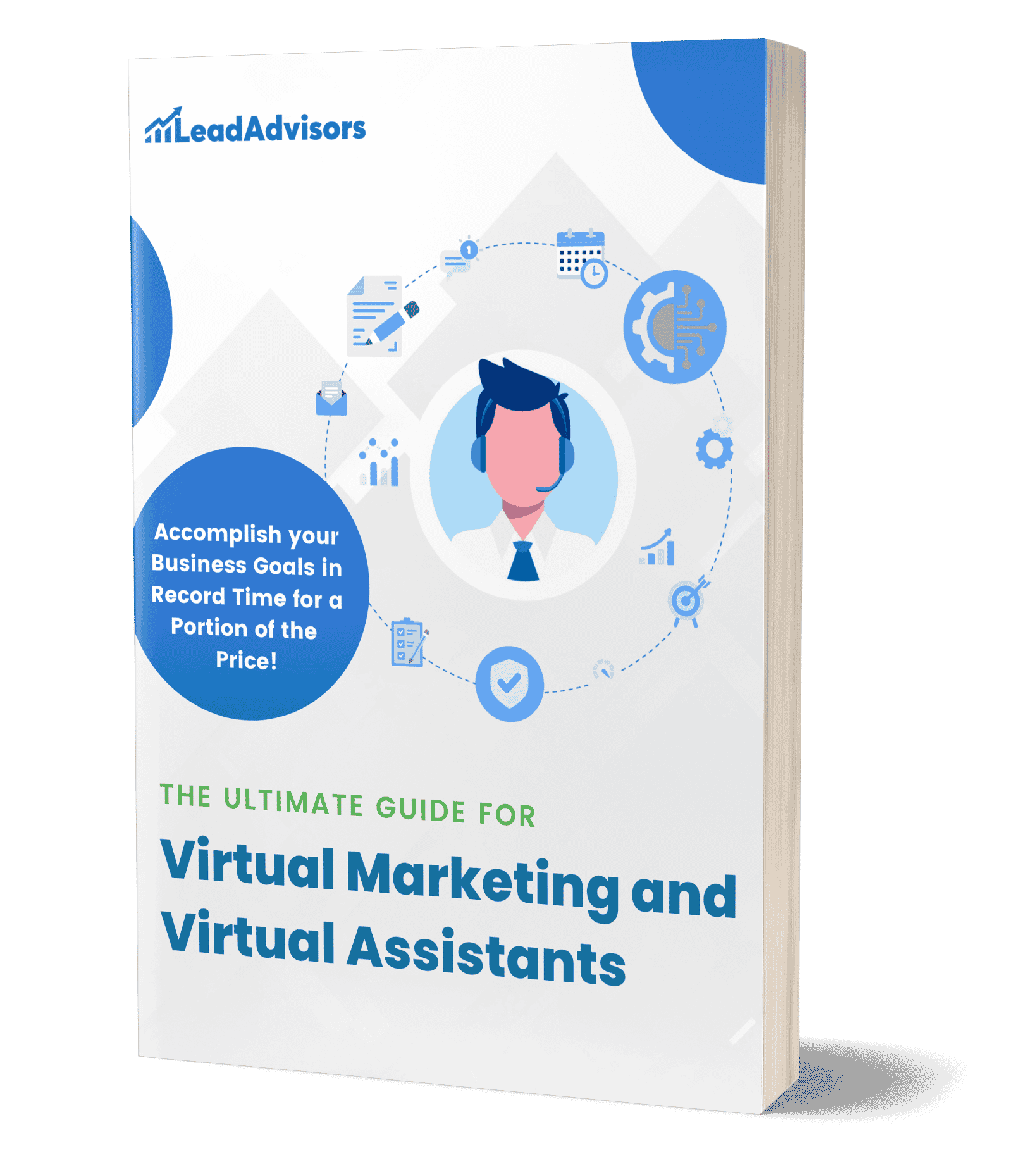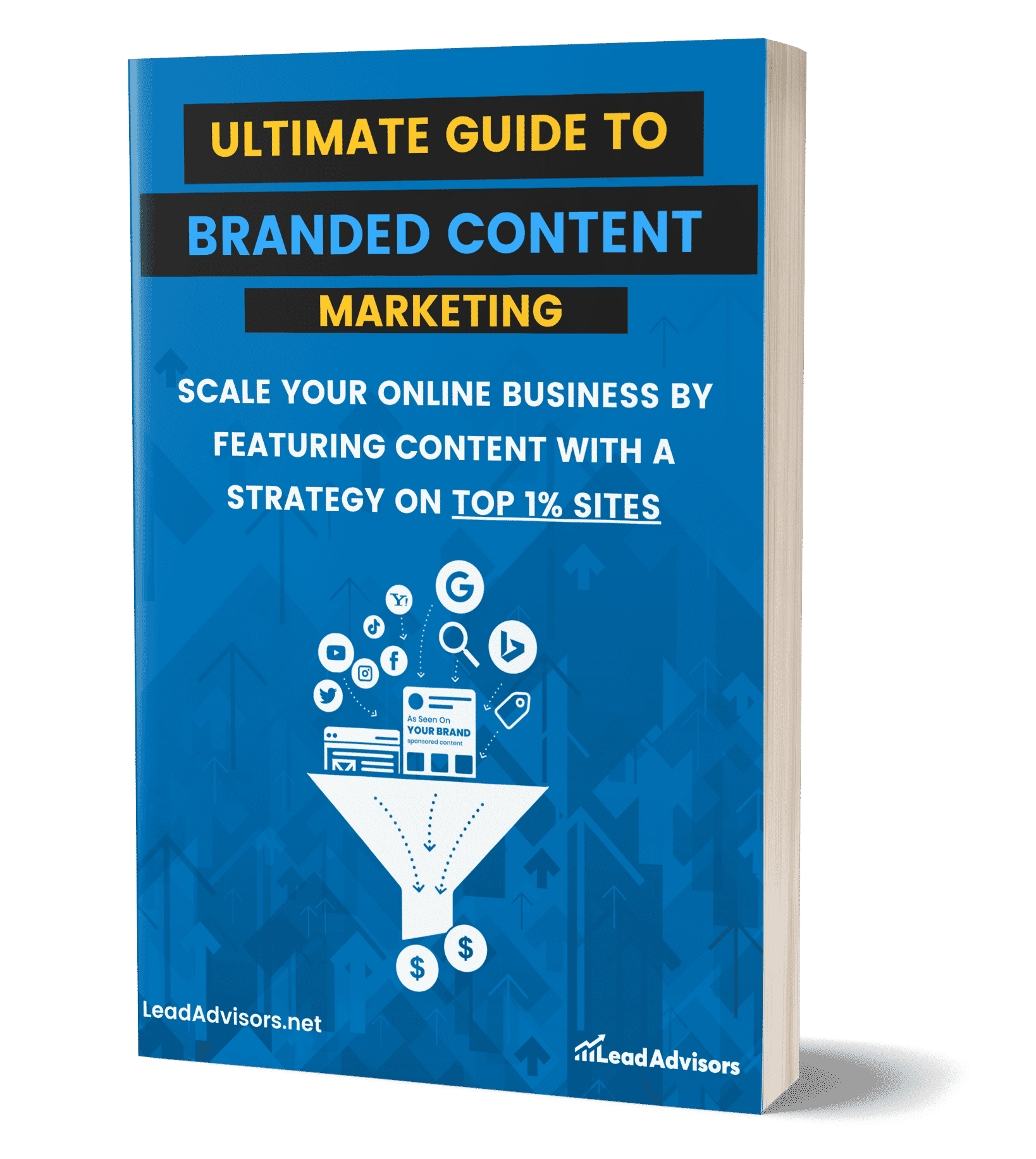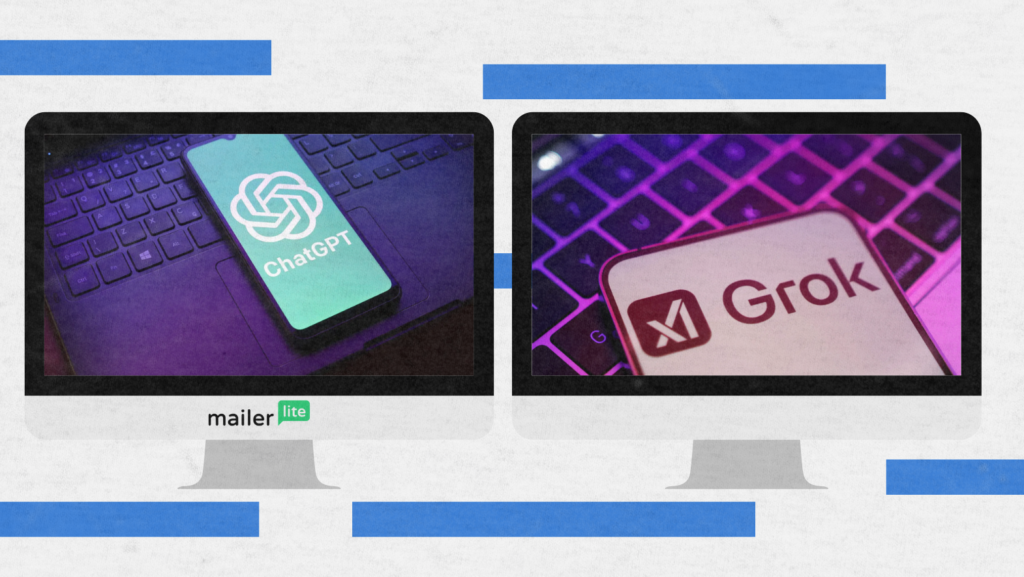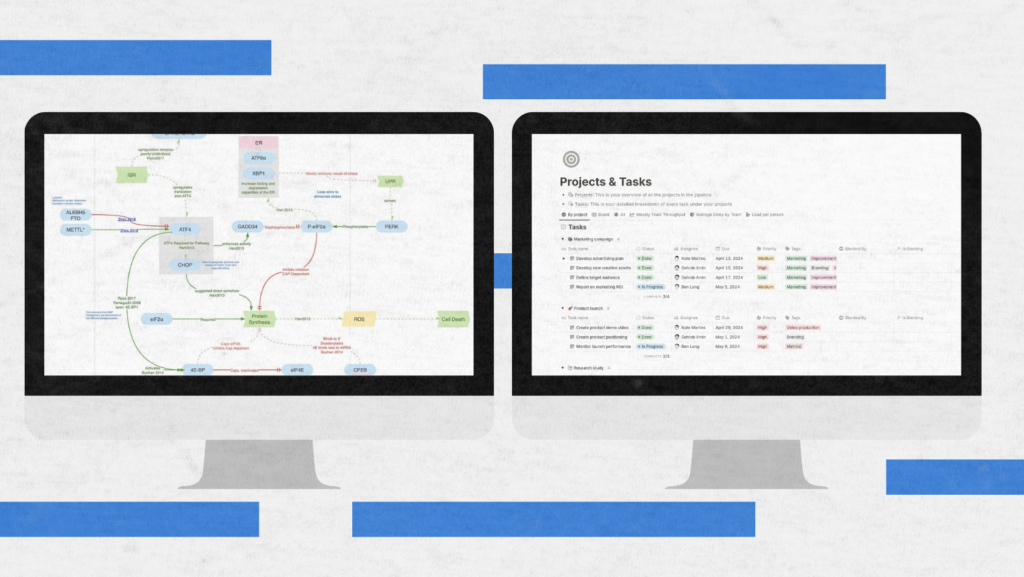The September Google core update struck fear in the hearts of the SEO world with its announcement of completion in late September of 2025. Website owners woke up to crashing impressions, fluctuating search positions, and traffic losses that seemed to defy all logic.
Here’s the kicker—not all rank drops were legitimate. Amidst click-snatching AI summaries, Search Console report anomalies, and Google’s most advanced algorithm update ever, distinguishing between fact and fiction became the new SEO survival tactic.
TL;DR
Google’s latest algorithm overhaul shifted focus from keyword optimization to intent satisfaction and authentic expertise. The update introduced three new ranking pillars—Expertise Depth, User Journey Completion, and Fresh Perspective Value—alongside major technical updates like Mobile-First Indexing 2.0, stricter Core Web Vitals, and enhanced AI content detection.
Many sites saw traffic plummet due to Search Console reporting changes and AI-generated summaries stealing clicks rather than true ranking drops. Real winners showed deep topical authority, fast mobile performance, authentic experience-driven content, and strong trust signals.
Key actions:
Diagnose data anomalies before panicking.
Fix technical issues and Core Web Vitals.
Refresh outdated or thin content with firsthand insights.
Build authority through credible bios and high-quality backlinks.
Diversify traffic sources beyond Google.
SEO isn’t dead—it’s evolving into Search Experience Optimization (SXO). To recover and future-proof, stop chasing algorithms. Prioritize expertise, experience, and user trust—that’s how sites will thrive in Google’s new intent-first era.
What Really Changed in September 2025
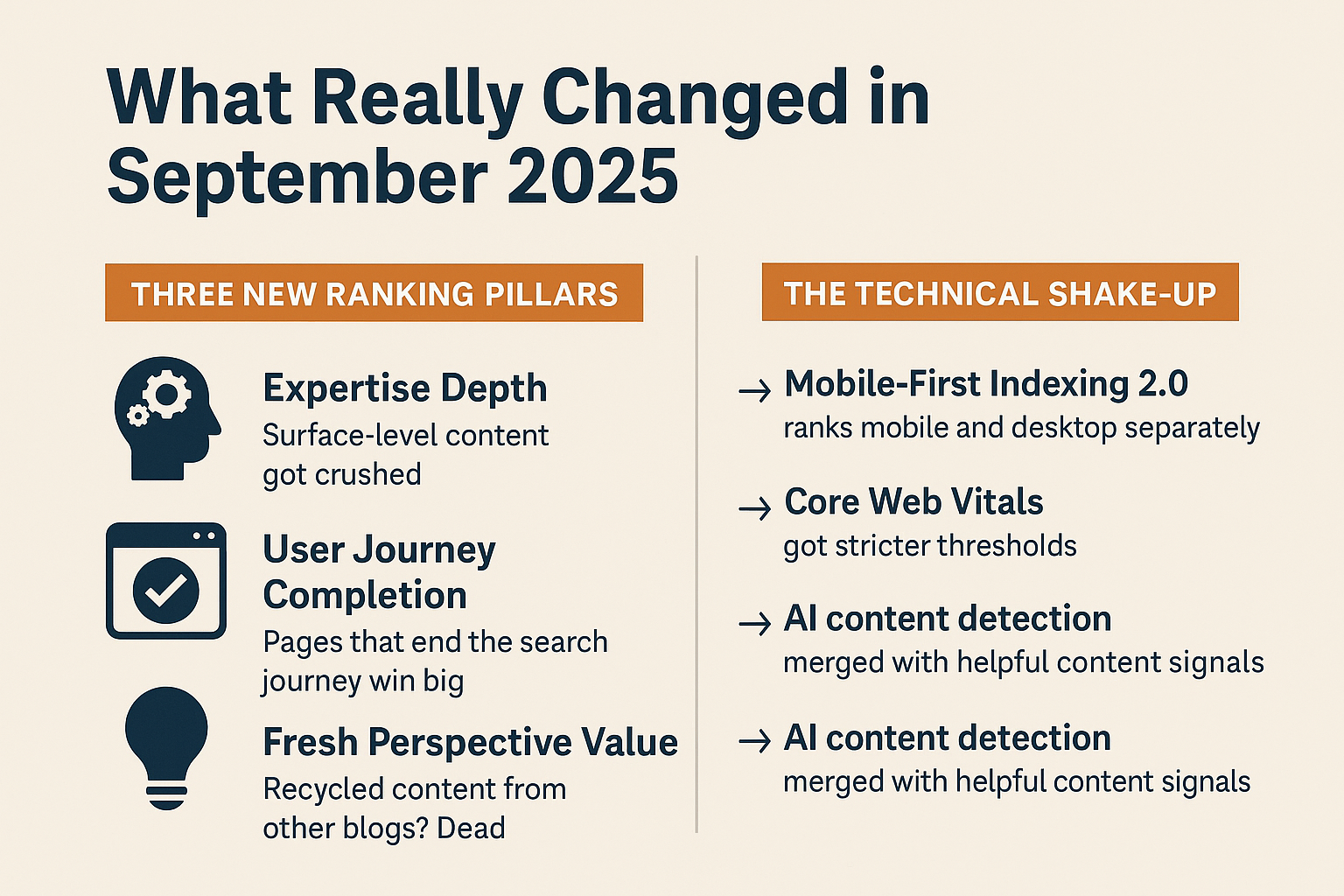
In September 2025, Google rolled out its core update, internally codenamed “Perspective,” causing over 40% ranking volatility across websites and a 15% average drop in impressions for many.
Reports from Search Engine Journal and other SEO analysts also revealed notable data anomalies and reporting inconsistencies around this rollout, complicating the interpretation of ranking changes.
This wasn’t just another core update. Google unveiled what insiders are calling the “Perspective Algorithm”—a fundamental shift from rewarding keyword optimization to measuring intent satisfaction.
Think of it this way: Google is no longer asking “Does this page have the right keywords?” Instead, it’s asking “Does this page completely answer what the user actually needs?”
Here’s what changed under the hood:
Three New Ranking Pillars:
- Expertise Depth – Surface-level content got crushed. Google now evaluates whether your content demonstrates genuine understanding or just regurgitates Wikipedia summaries.
- User Journey Completion – Pages that end the search journey (no need to click back to Google) win big. If users keep searching after visiting your site, you’re in trouble.
- Fresh Perspective Value – Recycled content from other blogs? Dead. Unique insights from real experience? Gold.
The Technical Shake-Up
Beyond content quality, Google rolled out aggressive technical changes that caught most sites off guard:
- Mobile-First Indexing 2.0 now ranks mobile and desktop versions separately based on distinct user intent
- Core Web Vitals got stricter thresholds—what passed in 2024 might fail now
- Interactive experience metrics beyond simple page speed (think scroll behavior, engagement depth)
- AI content detection merged with helpful content signals—AI-written pages need to provide real value or face penalties
The spam update component targeted:
- Site reputation abuse (parasitic SEO)
- Thin affiliate pages
- Expired domain manipulation
- Low-quality links from PBNs
The Data Anomaly That Fooled Everyone
If you saw impressions crash while average position supposedly got better, you weren’t hallucinating. Google removed the &num=100 parameter from Search Console reporting, which artificially inflated impression counts from bot traffic and long-tail queries that never actually displayed.
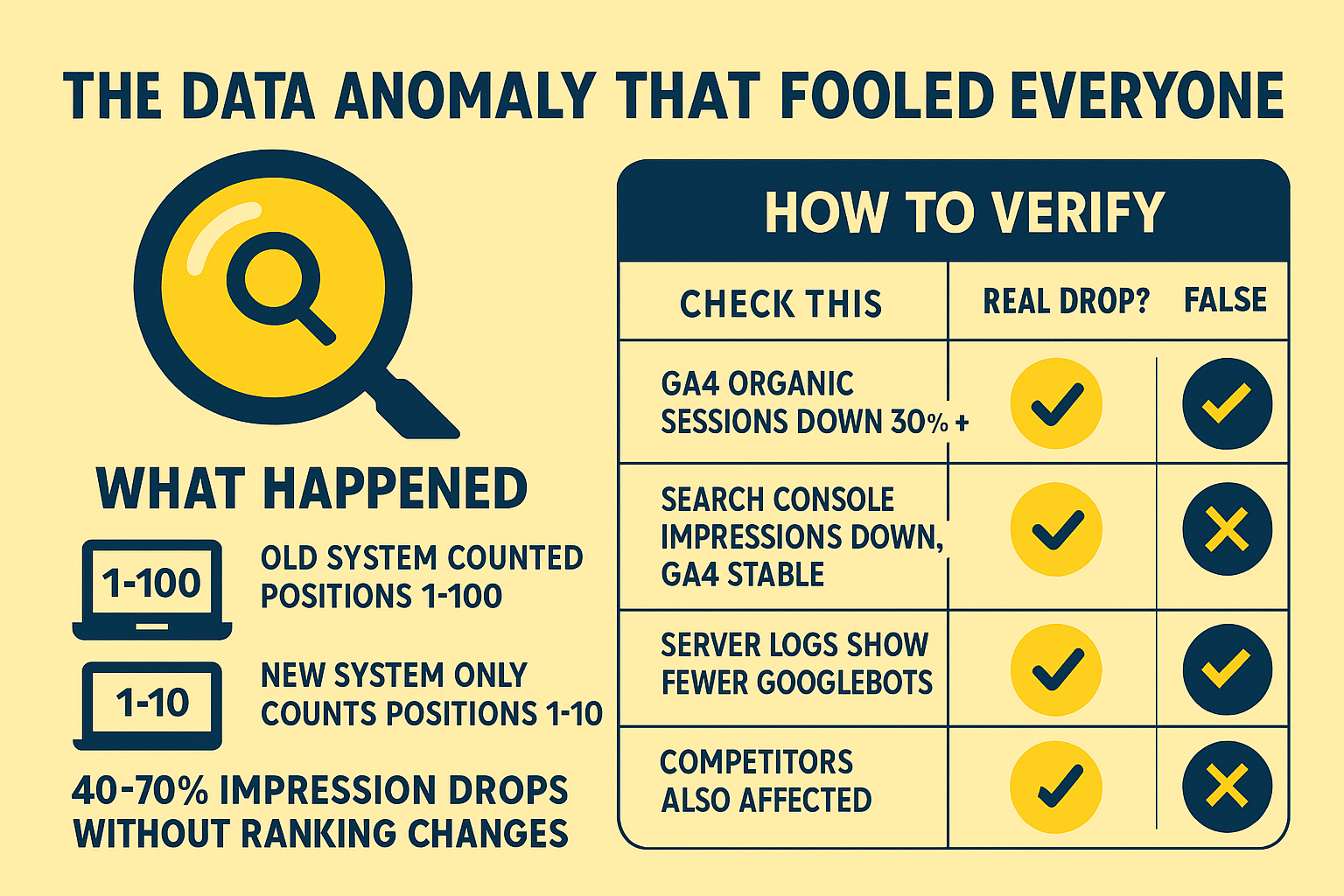
What happened:
- The old system counted impressions for queries where your site appeared in positions 1-100
- New system only counts positions 1-10 (what real users actually see)
- Result: 40-70% impression drops for many sites without actual ranking changes
How to verify what’s real:
| Check This | Real Drop? | False Alarm? |
| GA4 organic sessions down 30%+ | ✅ Yes | ❌ No |
| Search Console impressions down, GA4 stable | ❌ No | ✅ Yes |
| Server logs show fewer Googlebots | ✅ Yes | ❌ No |
| Competitors also affected | ❌ Maybe | ✅ Likely industry-wide |
According to Search Engine Journal, approximately 60% of reported traffic drops were actually due to changes, not actual ranking drops. Always cross-check with GA4 and server logs before panicking.
The AI Overview Problem: When Impressions Don’t Equal Clicks
Here’s the uncomfortable truth: Google search itself is changing. The September update coincided with the massive expansion of AI-generated summaries at the top of search results.
What the data shows:
- Sites appearing in positions 1-3 saw CTR drops of 20-35% compared to pre-AI Overview rates
- Zero-click searches increased from 25% to nearly 40% for informational queries
- Average session duration dropped 15% as users get answers without clicking
You’re not competing for rankings anymore—you’re competing to be cited by Google’s AI while it keeps users on Google. Digital marketing agencies are referring to this as “the great decoupling”—traffic and rankings are no longer moving in lockstep.
Example: A healthcare blog ranking #1 for “diabetes symptoms” saw impressions stay flat, but clicks drop 42%. Why? Google’s AI now displays the symptom list directly in search results, citing the blog but eliminating the need for a click.
Winners and Losers: What Separated Them
Sites That Thrived Share These DNA Markers
After analyzing recovery patterns, winning sites consistently showed:
Content Characteristics:
- Deep topical authority across related subtopics (not just one-off articles)
- Real-world examples and first-hand experience signals
- Content that anticipates follow-up questions and answers them preemptively
- Regular updates with 2025-relevant information
Technical Excellence:
- Mobile page speed under 2 seconds
- Core Web Vitals passing all thresholds (LCP < 2.5s, FID < 100ms, CLS < 0.1)
- Clean site architecture with logical topic clusters
- Rich snippets markup for key content types
Trust Signals:
- Transparent author bios with credentials
- Active community engagement (comments, forums, social proof)
- Authoritative sites linking naturally
- Strong brand search volume
Common Loser Patterns
Sites that got hammered typically had:
- AI-spun content farms – Thin articles clearly generated to rank, not help users
- Keyword stuffing strategies from 2018 are still in play
- Affiliate review sites with zero hands-on testing
- Stale content not updated since 2023 or earlier
- Low-quality links from obvious PBN networks
One pattern stood out: “Authority on autopilot” sites that built firm backlink profiles years ago but stopped creating high-quality content. The algorithm update stripped away the free ride.
E-E-A-T in 2025: Experience Is the Tiebreaker
Google’s quality rater guidelines now emphasize E-E-A-T (Experience, Expertise, Authoritativeness, Trustworthiness) more than ever, with a critical evolution: lived experience now takes precedence over credentials when both are of high quality.
What This Looks Like in Practice
Before September: A medical website with MD authors outranks a patient blog, even if generic.
After September: A detailed patient experience article, complete with photos, timeline, and specific treatment outcomes, can outrank a generic medical overview—especially if written or reviewed by credible healthcare professionals.
Signals Google evaluates for E-E-A-T:
- Author bylines with detailed bios linked to professional profiles
- Citations to authoritative sources
- First-person accounts with specific details (not “I tried this product” but “After 3 weeks using X at Y dosage, I noticed Z”)
- User-generated validation (comments from real users, not bots)
- Transparent editorial policies and fact-checking processes
For site owners in YMYL (Your Money or Your Life) niches—health, finance, legal—this is non-negotiable. Generic content, even if technically accurate, gets buried if it lacks experiential depth.
Technical SEO Survival Checklist
Foundation First: Quick Wins
Stop chasing advanced tactics until these basics are bulletproof:
Immediate Actions (Do this week):
- ✅ Verify site indexing: site:yoursite.com in Google search
- ✅ Check for manual actions in Search Console
- ✅ Run PageSpeed Insights on top 10 pages
- ✅ Audit robots.txt for accidental blocks
- ✅ Confirm HTTPS across entire website
High-Impact Technical Fixes (This month):
- Core Web Vitals optimization
- Compress images (WebP format)
- Eliminate render-blocking JavaScript
- Fix cumulative layout shift issues
- Implement lazy loading for below-fold content
- Mobile-specific improvements
- Test all pages on actual mobile devices (not just emulators)
- Ensure buttons are finger-friendly (48x48px minimum)
- Remove intrusive popups
- Optimize for thumb-zone navigation
- Structured data enhancement
- Add FAQ schema to Q&A content.
- Implement the HowTo schema for tutorials
- Use Article schema with author and date information
- Include the Organization schema for brand identity
Advanced: Semantic Search Optimization
Google’s AI understands context now. Your focus should shift from keywords to topics:
Topic Cluster Strategy:
- Create pillar pages for main topics
- Build supporting content covering subtopics
- Interlink strategically to show topical authority
- Use semantic keywords naturally (not forced variations)
Example: Instead of 10 separate articles each targeting slightly different keywords about coffee brewing, create:
- 1 comprehensive pillar: “Complete Guide to Coffee Brewing”
- 5-8 supporting articles on specific methods
- All are interlinked with contextual anchor text
This signals depth to the Google algorithm far better than isolated keyword-targeted pages.
Adapting to AI Search: The Zero-Click Future
Optimize for AI Citations, Not Just Rankings
Since you can’t stop AI-generated summaries, make Google’s AI cite your content:
Formatting for AI consumption:
- Use clear H2/H3 hierarchy
- Write concise definitions at the top of sections
- Include bullet lists for scannable information
- Add FAQ sections with a direct question-and-answer format
- Structure comparison tables with clear data
“Beyond the Answer” content strategy:
- Create content AI can’t summarize: case studies, proprietary research, interactive tools
- Develop downloadable resources (templates, checklists, calculators)
- Build video content and embed it strategically
- Focus on transformation, not just information
Diversify Your Traffic Ecosystem
Relying solely on Google search is a 2020 strategy. SEO professionals now recommend:
Multi-channel presence:
- Email list building – Capture visitors before they leave
- YouTube SEO – The second-largest search engine, with less AI disruption
- Community building – Forums, Discord, membership sites
- Brand search optimization – People searching your name directly
- Social distribution – Repurpose content across platforms
The goal: If Google traffic drops 50%, your business drops 15% max.
Recovery Strategy
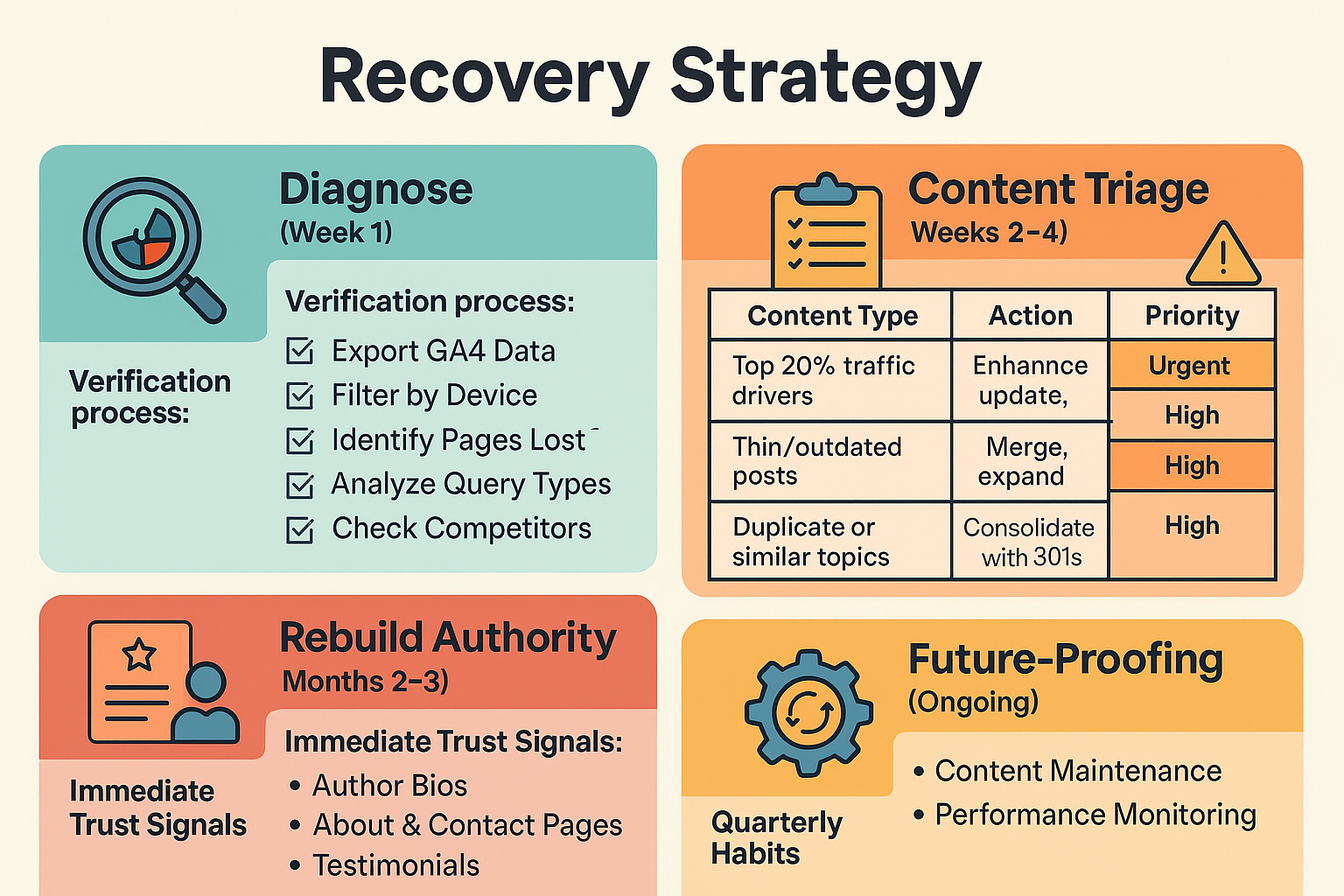
Phase 1: Diagnose (Week 1)
Before changing anything, understand what actually happened:
Verification process:
- Export GA4 data comparing August 1-15 vs Sept 15-30
- Filter by mobile vs desktop to spot device-specific issues
- Identify which pages lost traffic (not just site-wide averages)
- Analyze which types of queries dropped (brand, commercial, informational)
- Check if competitors had the same pattern
Red flags for real ranking drops:
- 30%+ organic traffic decline in GA4
- Specific money pages (not just blog posts) affected
- Competitor pages now outranking you for target queries
- Googlebot crawl rate dropped (check server logs)
Phase 2: Content Triage (Weeks 2-4)
Not all content is worth saving. Be ruthless:
Audit framework:
| Content Type | Action | Priority |
| Top 20% traffic drivers | Enhance, update, optimize | Urgent |
| Thin/outdated posts | Merge, expand, or delete | High |
| Duplicate/similar topics | Consolidate with 301s | High |
| Zero-traffic pages (12+ months) | Delete or noindex | Medium |
| AI-spun content | Rewrite or remove | Urgent |
Refresh checklist for priority pages:
- Update the publish date only if substantially changed
- Add 2025-specific examples or data
- Include personal experience or case studies
- Expand sections that seem shallow
- Add relevant internal links to the topic cluster
- Improve readability (shorter paragraphs, subheadings)
Phase 3: Rebuild Authority (Months 2-3)
Immediate trust signals:
- Add/improve author bios with credentials and photos
- Create or update About/Contact/Editorial Policy pages
- Add testimonials or case studies
- Link to professional profiles (LinkedIn, industry associations)
Link building focus: Quality over quantity. One link from an authoritative site beats 50 from blog comment spam.
Practical tactics for 2025:
- Digital PR: Create data-driven content that journalists cite
- Thought leadership: Guest posts on industry-leading publications
- Podcast appearances with show notes linking to your site
- Collaborate with complementary businesses
- Resource pages: Create genuinely helpful content that others naturally link to
Phase 4: Future-Proofing (Ongoing)
Make these quarterly habits:
Content maintenance cycle:
- Audit top 50 pages every 90 days
- Update statistics and examples
- Check for broken links
- Refresh meta descriptions based on current search results
- Review and update schema markup
Performance monitoring:
- Weekly Core Web Vitals checks
- Monthly technical SEO audits
- Track brand search volume trends
- Monitor competitor movements
- A/B test content formats and structures
Local SEO in the New Era
The September update hit local businesses differently. Google introduced “Proximity-Plus” signals that combine:
- Geographic relevance (obviously)
- Local intent matching (what people in that area actually search)
- Urgency indicators (same-day service, emergency responses)
- Community involvement proof
What’s working now:
Google Business Profile optimization:
- Post weekly updates (not just business hours changes)
- Respond to every review within 24 hours
- Add photos showing real people and locations
- Use local keywords naturally in descriptions
Hyperlocal content strategy:
- Create neighborhood-specific pages (not just city-level)
- Cover local events and news
- Feature local customers (with permission)
- Include local landmarks in directions/descriptions
Schema markup for local:
- LocalBusiness schema with complete NAP
- Service area markup for businesses serving multiple locations
- Review schema to display star ratings
- Event schema for in-person activities
The Real Question: Is SEO Still Worth It?
Short answer: Absolutely, but it’s evolving into Search Experience Optimization.
What’s changing:
- From gaming algorithms → building genuine expertise
- From traffic metrics → brand recognition metrics
- From keyword rankings → topic authority
- From backlink counts → relationship quality
What’s not changing:
- People still search for information
- Businesses still need to be found online
- Quality content still wins long-term
- User experience still matters
The September 2025 update isn’t killing SEO—it’s killing lazy SEO. Sites investing in real value, authentic expertise, and excellent user experiences will not only survive but thrive.
Action Plan: Your Next 30 Days
| Week | Focus Area | Key Actions |
| Week 1 | Assess the Damage |
|
| Week 2 | Fix Technical Issues |
|
| Week 3 | Content Triage |
|
| Week 4 | Build for Recovery |
|
Final Word: Trust Over Tricks
The Google September core update represents a turning point. The era of SEO tricks, black-hat tactics, and gaming the system is definitively over. Google’s AI-powered algorithm can now distinguish between content created to rank and content designed to assist users.
The winners going forward will be:
- Brands that demonstrate genuine expertise
- Creators who share authentic experiences
- Site owners who prioritize user experience
- Businesses that build trust systematically
The algorithm update didn’t punish good sites—it finally caught up with the bad ones. If you focus on creating content that genuinely serves real users, provides real value, and represents technical excellence, you’re not just recovering from this update—you’re future-proofing against the next one.
Stop chasing the algorithm. Start earning trust. That’s the better job Google is now demanding, and the market will reward you for it.
Most sites that recovered did one thing: They stopped trying to rank and started trying to help. Make that your north star, and the rankings will follow.
Frequently Asked Questions
What exactly changed in the September 2025 core update?
Why did my impressions crash while average position improved?
How did AI Overviews affect clicks?
Who tended to win and who lost?
How do I future-proof reporting against Search Console quirks?
Final Word: Trust Over Tricks
The Google September core update represents a turning point. The era of SEO tricks, black-hat tactics, and gaming the system is definitively over. Google’s AI-powered algorithm can now distinguish between content created to rank and content designed to assist users.
The winners going forward will be:
- Brands that demonstrate genuine expertise
- Creators who share authentic experiences
- Site owners who prioritize user experience
- Businesses that build trust systematically
The algorithm update didn’t punish good sites—it finally caught up with the bad ones. If you focus on creating content that genuinely serves real users, provides real value, and represents technical excellence, you’re not just recovering from this update—you’re future-proofing against the next one.
Stop chasing the algorithm. Start earning trust. That’s the better job Google is now demanding, and the market will reward you for it.
Most sites that recovered did one thing: They stopped trying to rank and started trying to help. Make that your north star, and the rankings will follow.

